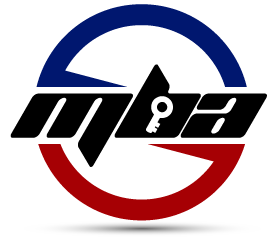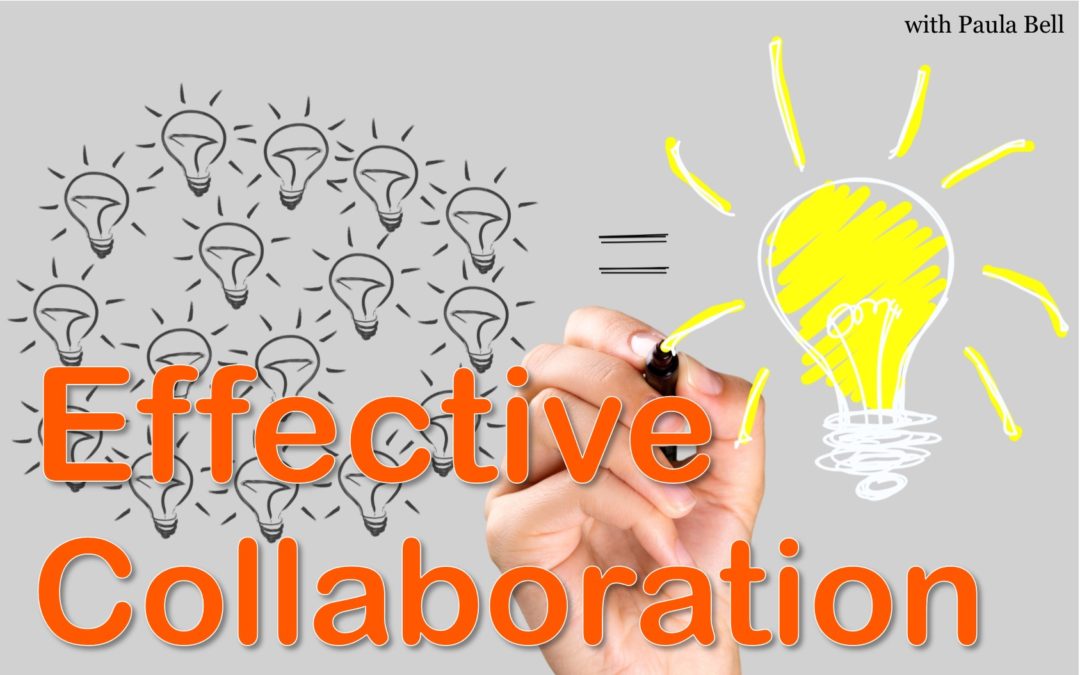In this episode, Paula Bell shares her thoughts on effective collaboration; why it’s important and the eight factors for building a collaborative environment.
After listening to this episode, you'll understand:
- How collaboration differs from teamwork
- Eight factors that help teams to collaborate
- What you can do to collaborate better
- How to measure the collaboration in your team
Show Notes
Collaboration is working together to realize shared goals. This is different than teamwork where individuals on the team can be focused on different goals.
Many people use the word collaboration a lot, but aren’t effective at it. To be effective at collaboration, you need to understand the other people, know each other’s strengths, personalities, areas of opportunity, and capitalize on that knowledge for the good of the group.
Collaboration isn’t a dictatorship. It requires interpersonal and relationship building as well as a clear understanding of the shared goal.
Collaboration Under Pressure
It can be challenging to effectively collaborate under the pressure of deadlines. It’s worth taking the time to get to know one another and do some team building. The investment in team building will pay off in better collaboration and productivity.
Team building and developing relationships doesn’t have to take a lot on time or effort. Simply meeting for coffee once in a while can help you better understand each other and build bonds that will improve your working relationship.
Relationship is iterative and incremental. You will likely need to continue to build relationships throughout the project.
Barriers to Effective Collaboration
You may be faced with some challenges when trying to collaborate with others.
Perhaps some people in the group just don’t want to collaborate at all. Some may prefer just to be told what to do instead of working together on the solution.
This is where relationship building and truly understanding each other helps. It will help you to understand the other person and why they interact the way they do.
Another barrier may be that people don’t really understand what collaboration is or don’t have a clear understanding of the goal.
Making sure the goal is understood and achieved is everyone’s responsibility.
Eight Factors for Effective Collaboration
An article in the Harvard Business Review highlighted eight factors that lead to successful collaboration.
- Investing in signature relationship practices: Encourage collaborative behavior through processes and environments such as open floor plans.
- Modeling collaborative behavior: Executives demonstrate the collaborative behaviors they’d like to see in their teams.
- Creating a “gift culture”: Mentoring and coaching become part of the organization’s DNA.
- Ensuring the requisite skills: Provide training and skillset development
- Supporting a strong sense of community: Create an environment and opportunities for people to come together as a community.
- Assigning team leaders that are both task and relationship oriented: Both a task and relationship focus are needed for team leads to build collaborative teams.
- Building on heritage relationships: Work with teams of people who already know each other is effective in creating a collaborative environment.
- Understanding role clarity and task ambiguity: Make sure there’s a clear understanding of what everyone’s role is.
You can help create a collaborative culture by modeling collaborative behavior yourself. Helping the team by sharing knowledge and helping each other to get better at what they do is another great way to encourage positive collaboration.
Effective collaboration leads to better customer satisfaction, employee satisfaction, delivery speed, and quality.
Listen to the full episode to get more tips on effective collaboration and how to measure it.
Your Homework
Start building relationships. Whether it’s a coffee break, lunch, or a walk around the building with someone, take time to learn about the people on your team. Building relationships creates a better understanding and increases collaboration.
Links mentioned in this episode:
- Paula’s Website: paulaabell.com
- HBR article on building collaborative teams

Paula Bell
Paula Bell is a Business Analyst, consultant, mentor, author, and speaker known for providing guidance to aspiring business analysts. She’s held just about every role in a RACI matrix including business analyst, technical writer, project manager, developer, test lead, and product owner.
Thank you for listening to the program
To get more valuable content to enhance your skills and advance your career, you can subscribe on iTunes.
Also, reviews on iTunes are highly appreciated! I read each review and it helps keep me motivated to continue to bring you valuable content each week.




Trackbacks/Pingbacks